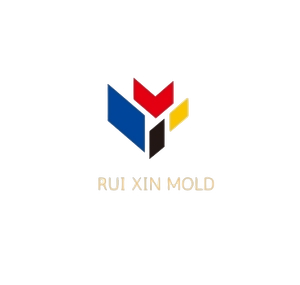
In today’s rapidly evolving manufacturing landscape, Computer Numerical Control (CNC) techniques have become indispensable for mold making. These advanced methods offer unparalleled precision, efficiency, and versatility, transforming the way molds are produced. Let’s dive into the key CNC techniques that are shaping the future of mold manufacturing.
1. High-Speed Machining (HSM): The Speed Champion
High-Speed Machining has redefined the boundaries of mold production speed and quality.
Key Benefits:
– Accelerated material removal rates
– Superior surface finishes
– Significantly reduced machining time
– Extended tool life
HSM shines when creating complex geometries and intricate details in mold cavities, making it a go-to technique for modern mold makers.
2. 5-Axis CNC Machining: The Flexibility Master
5-axis CNC machining brings unprecedented flexibility to mold production.
Advantages:
– Multi-angle machining capabilities
– Minimized setup requirements
– Enhanced surface finish and accuracy
– Excellent for undercuts and deep cavities
This technique is crucial for producing sophisticated molds with minimal human intervention, pushing the boundaries of what’s possible in mold design.
3. Electrical Discharge Machining (EDM): Precision in Hardness
EDM excels in creating precise features in hardened materials, a common requirement in mold making.
EDM Strengths:
– Complex shape machining in hard metals
– Creation of small, intricate details
– Stress-free machining process
– Ideal for textured mold surfaces
Both Wire EDM and Sinker EDM play vital roles in modern mold production, each offering unique capabilities for specific mold features.
4. CNC Turning: The Cylindrical Specialist
While often overlooked, CNC turning is crucial for certain aspects of mold production.
Applications in Mold Making:
– Cylindrical mold component creation
– Precision cooling channel production
– Accurate ejector pin hole manufacturing
CNC turning complements other techniques, ensuring comprehensive mold solutions that meet exacting standards.
5. Electrochemical Machining (ECM): The Stress-Free Solution
ECM offers a unique approach to mold making, particularly useful for specific applications.
ECM Benefits:
– Material removal through electrochemical dissolution
– Ideal for complex shapes in hard metals
– Zero thermal or mechanical stress on workpieces
– High-precision mold component production
Conclusion: Embracing CNC Innovation in Mold Making
The integration of these advanced CNC techniques has transformed mold making into a high-tech, precision-driven industry. By leveraging High-Speed Machining, 5-axis CNC, EDM, CNC Turning, and Electrochemical Machining, manufacturers can produce molds of unprecedented quality and complexity.
As we look to the future, staying abreast of these evolving CNC technologies will be crucial for mold makers. The ability to combine these techniques effectively will not only enhance production capabilities but also open new doors for innovation in product design and manufacturing efficiency.
For businesses looking to stay competitive in the mold making industry, investing in these CNC technologies and the expertise to utilize them fully is not just an option—it’s a necessity. The future of mold making is here, and it’s driven by the precision and versatility of advanced CNC techniques.
